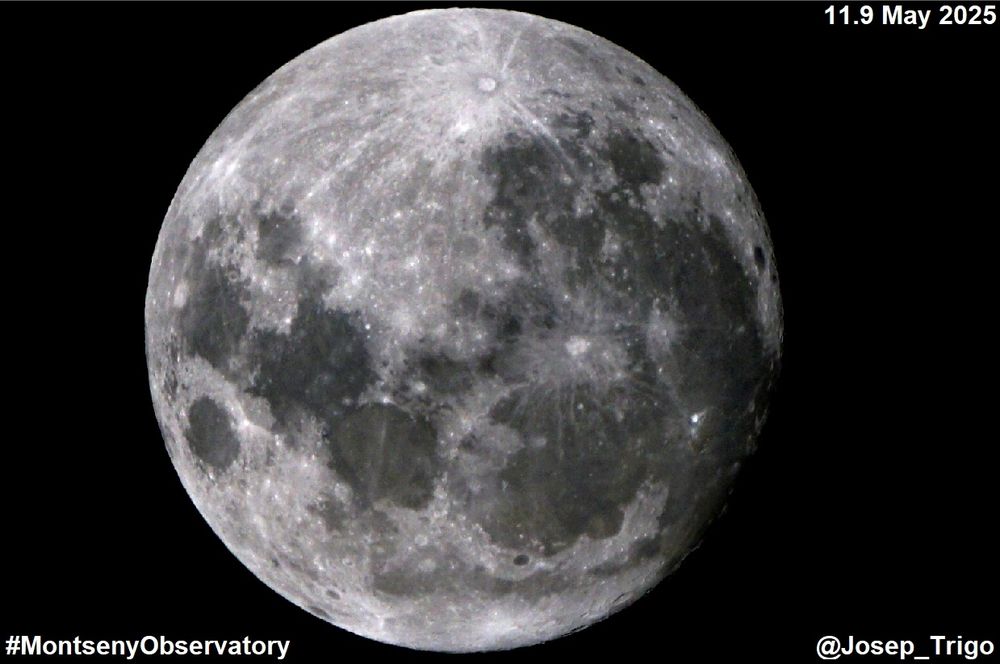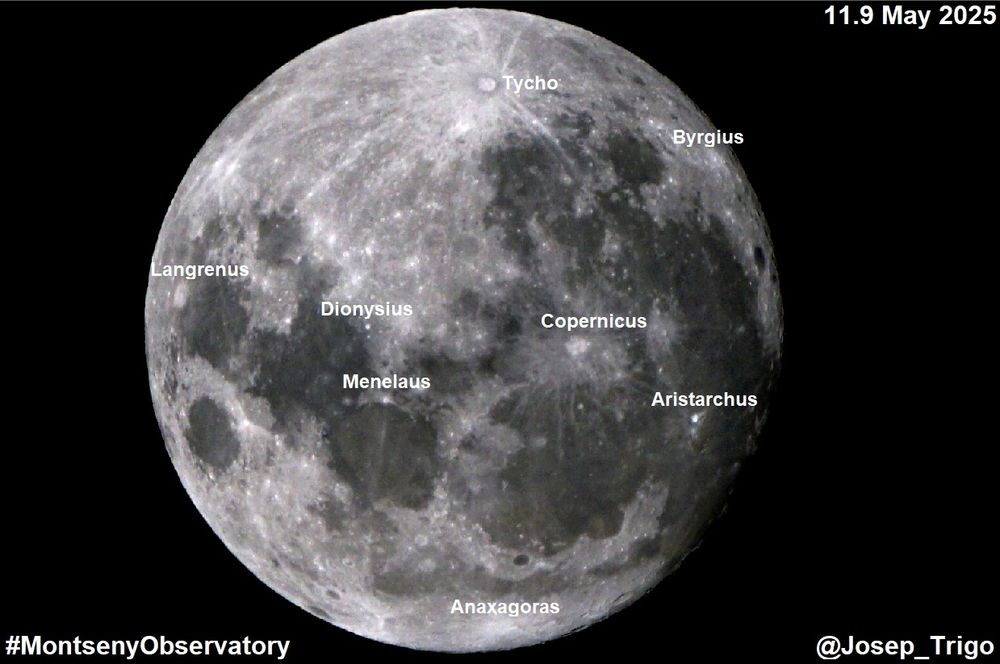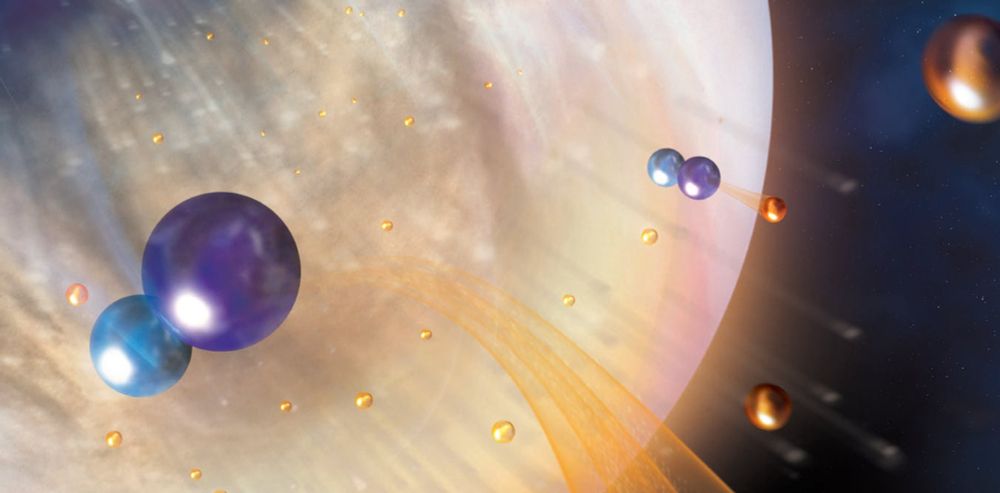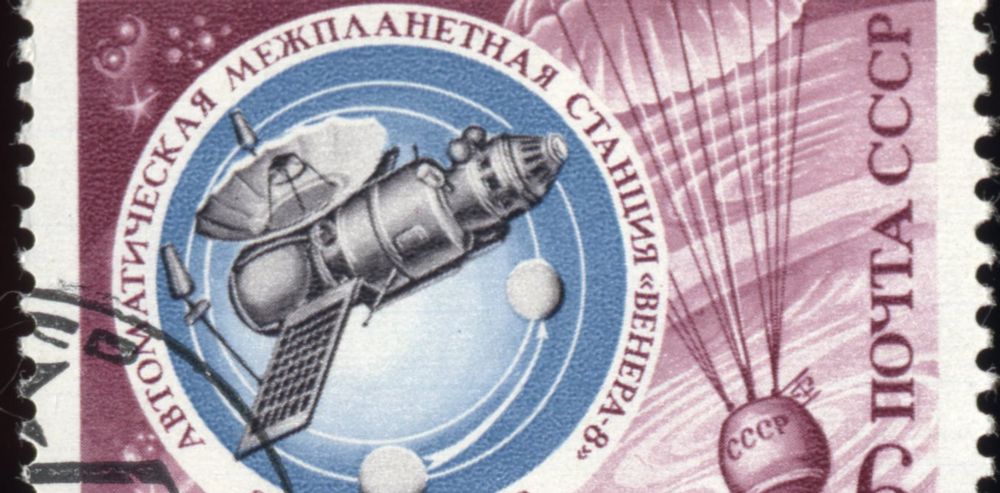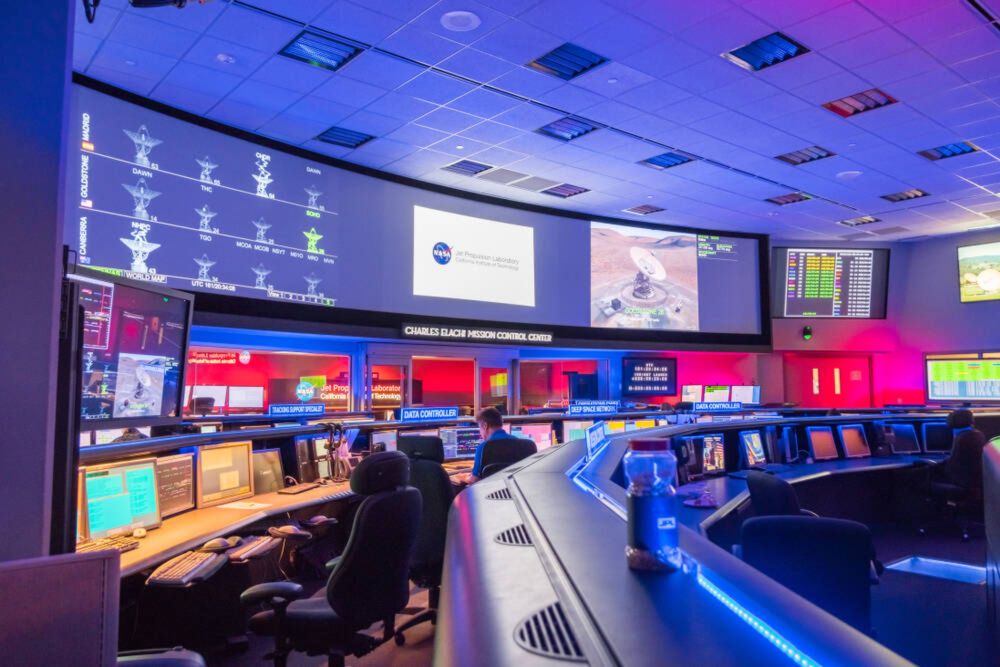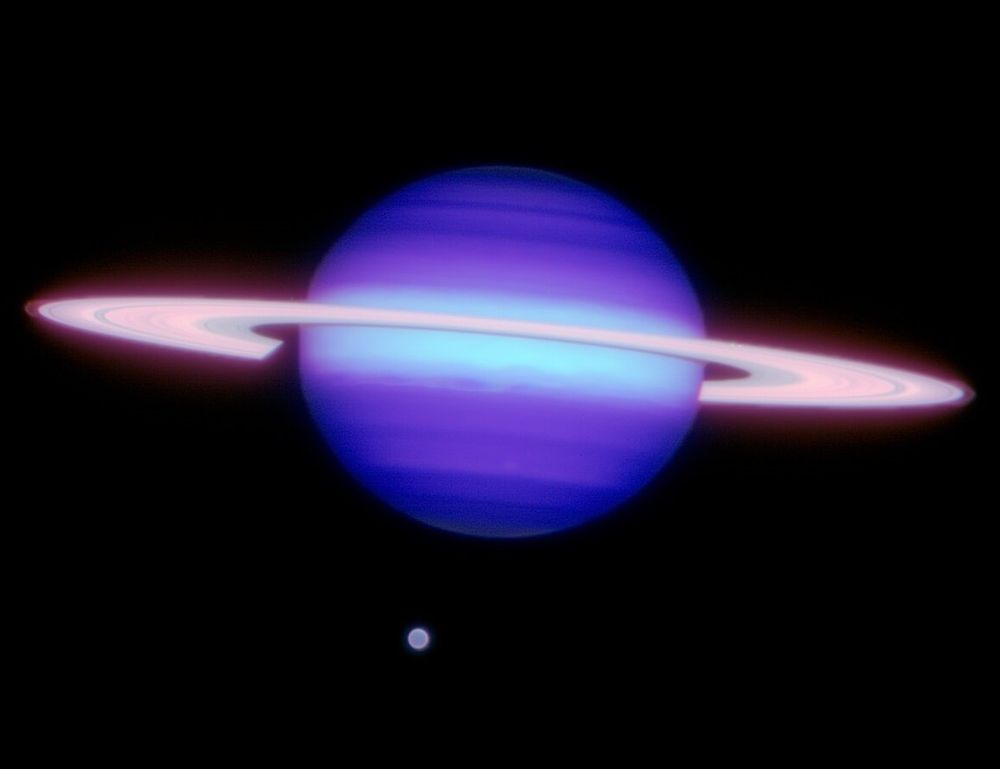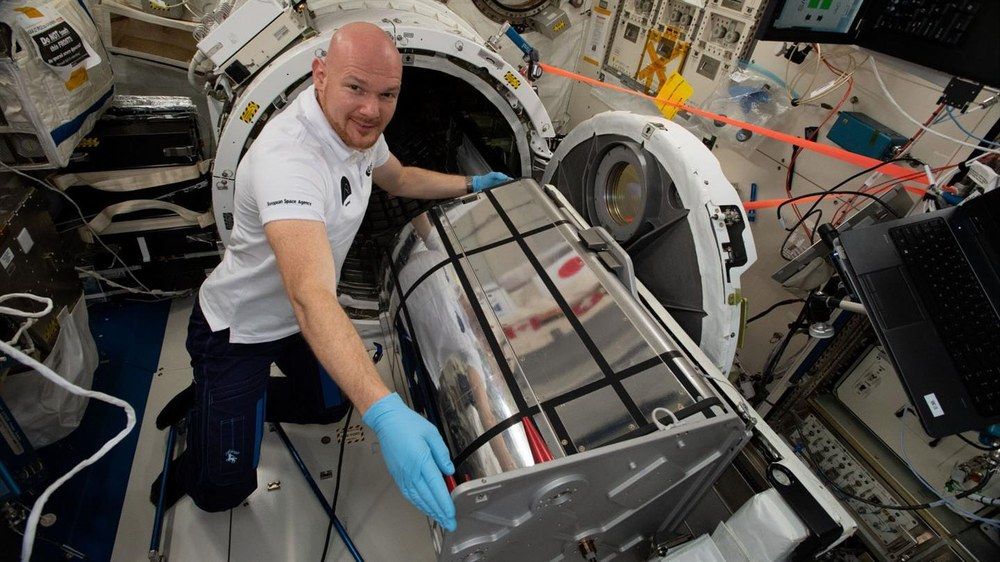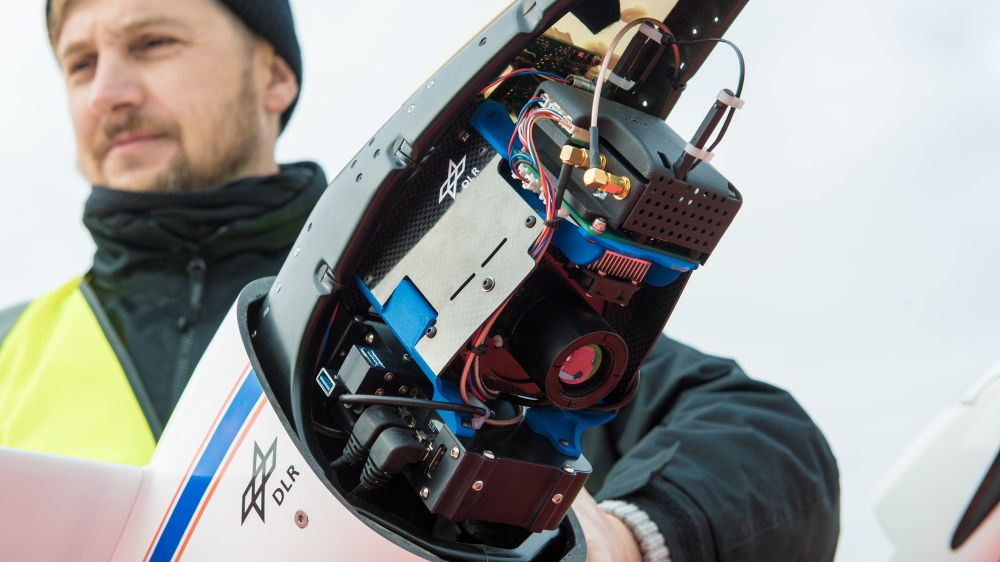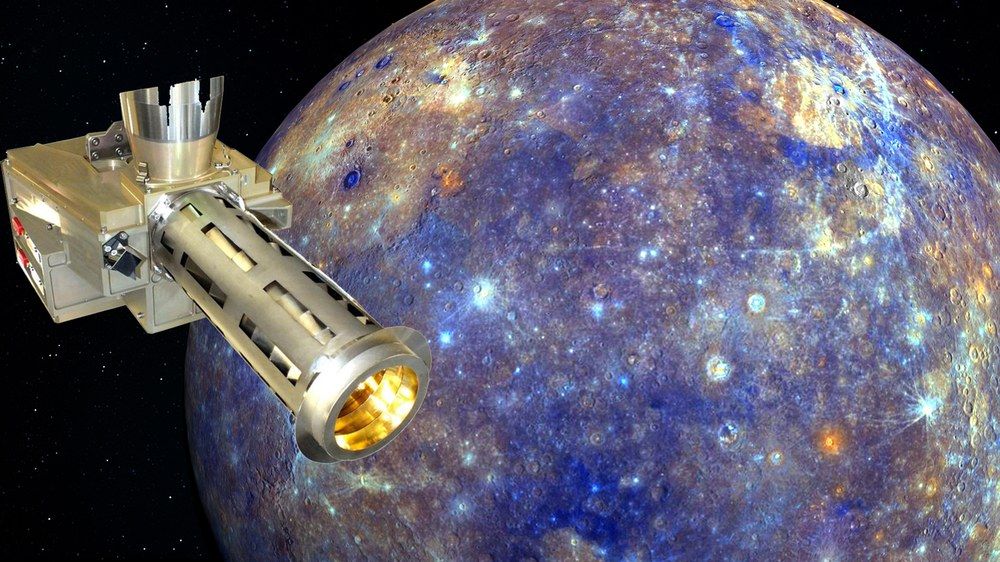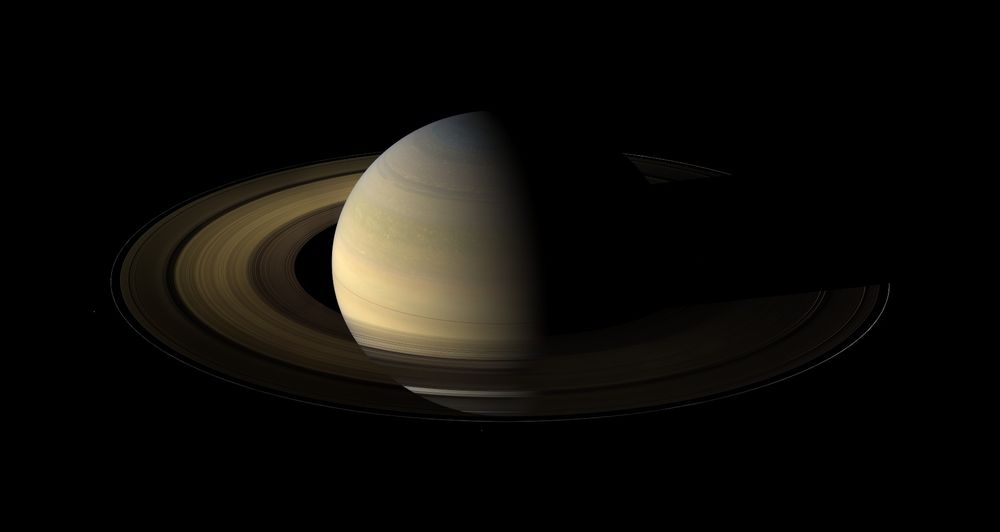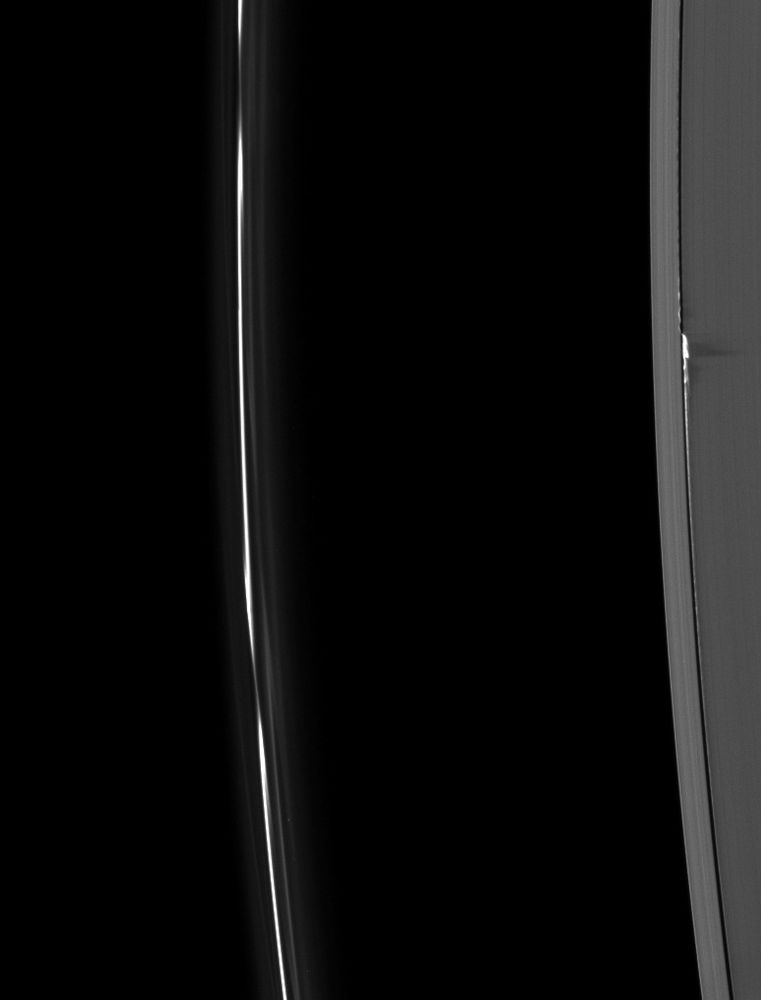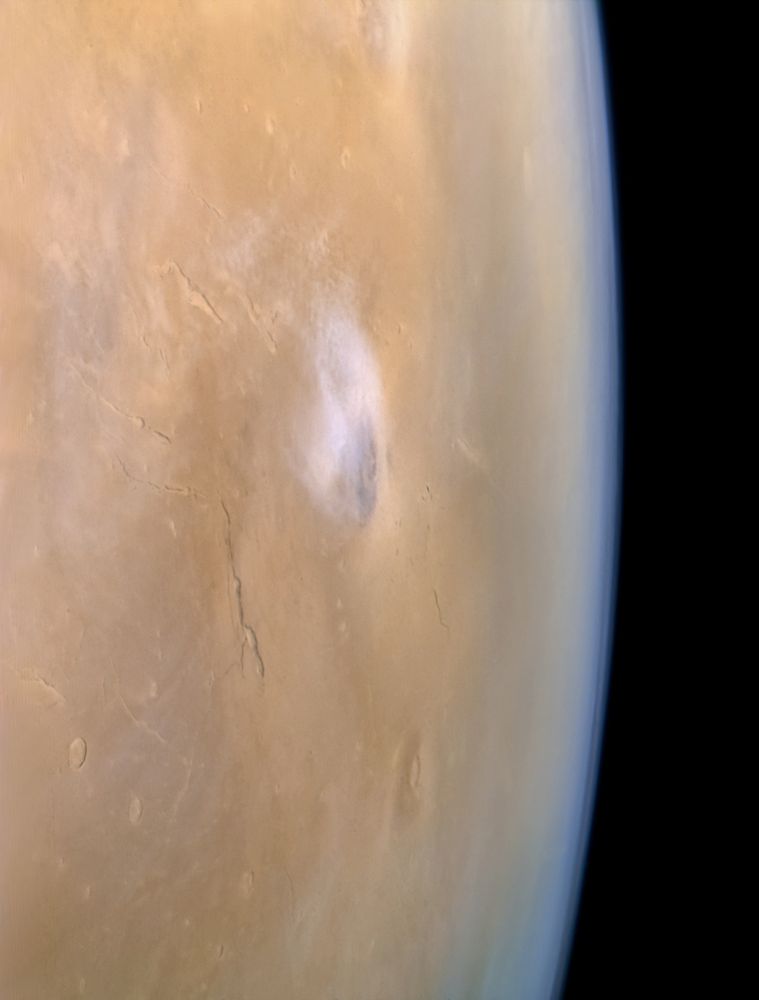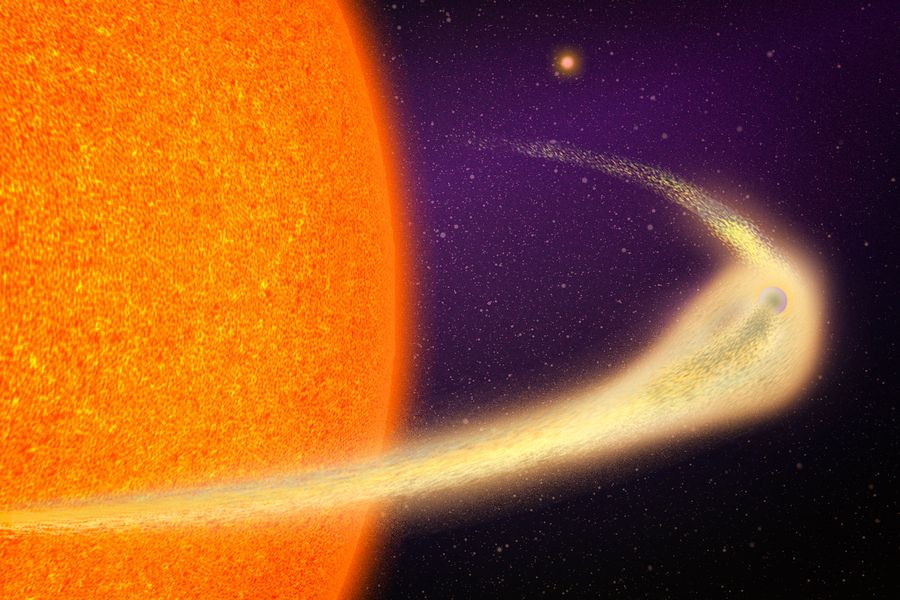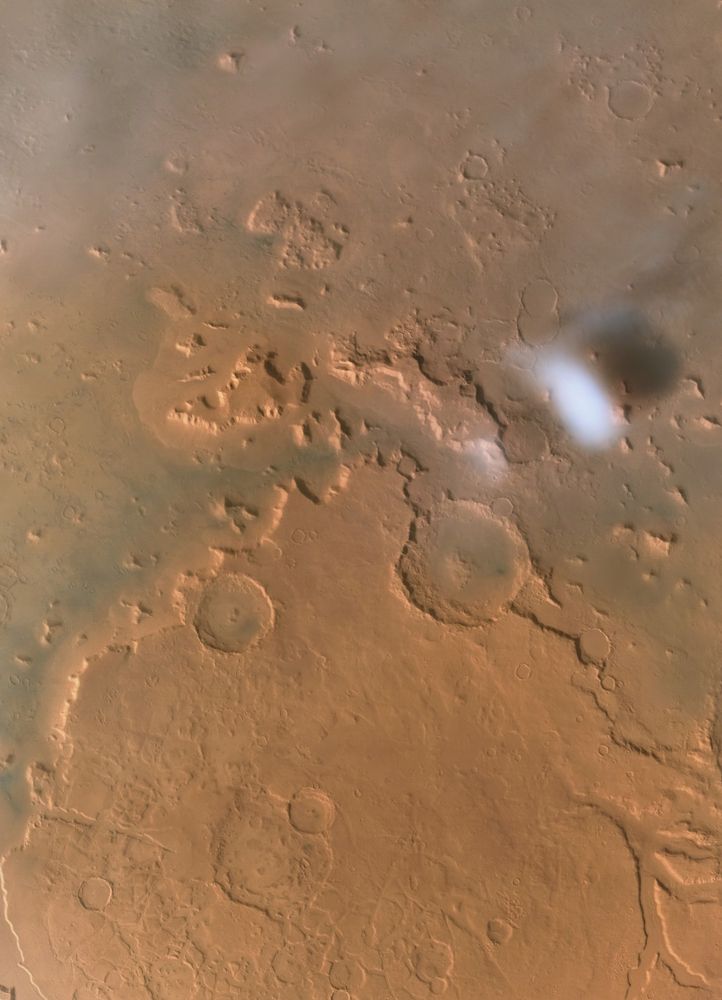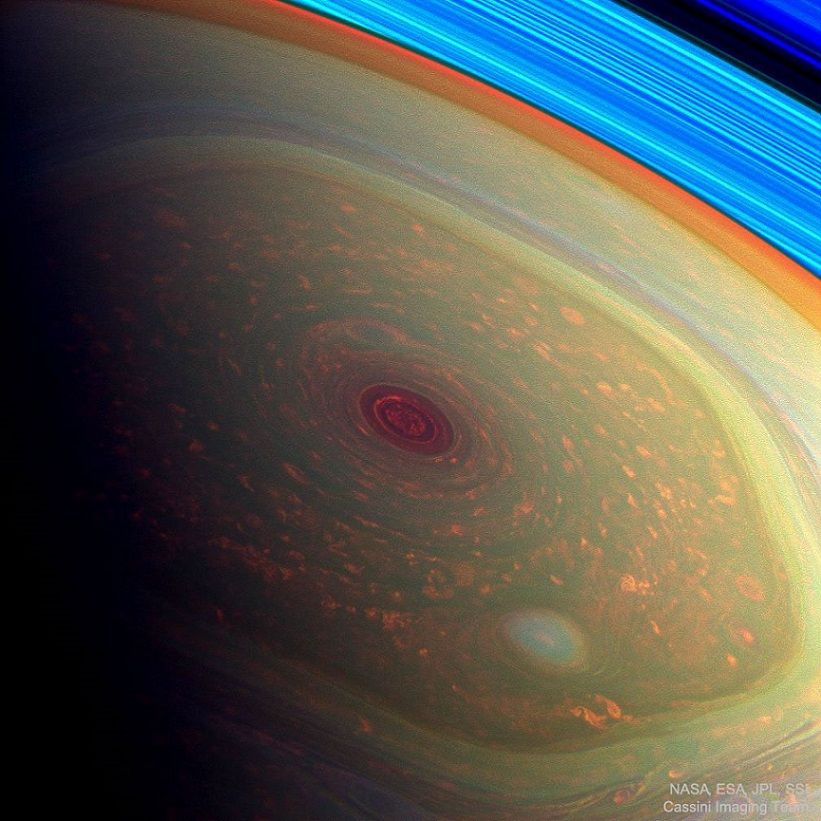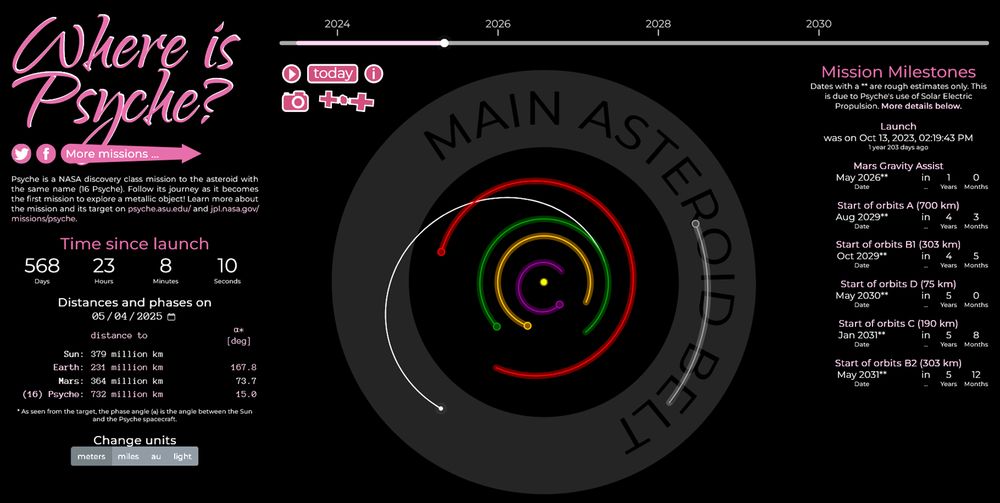Search
- FULL #MOON EMPHASIZING THE BRIGHTEST IMPACT #CRATERS. Did you know that its surface is darkened by space weathering processes due to the absence of atmosphere? Then, the youngest craters appear brighter, like the excavated materials forming rays from them🤩🌔#MontsenyObservatory #PlanetSci
- Perseverance captured a new selfie to celebrate 1500 Sols on Mars. The rover is currently investigating the outer rim of Jezero crater near an outcrop named Sally's Cove. #planetsci Full panorama: www.360cities.net/image/persev... Credit: NASA/JPL-Caltech/MSSS/Steve Albers/Simeon Schmauß
- Venus is often called Earth's twin sister because of similar size and density. And it's thought that earlier in its evolution, it did have oceans. But then a runaway greenhouse effect sent it on a different path to Earth. 🧪 #PlanetSci @planetaryemc2.bsky.social
- Before the first US and USSR flyby missions in the 1960s, it was thought that Venus's thick clouds might hide an ocean world. There is a beautiful symmetry to Kosmos 482's plummet into the ocean - falling to a Venus that might have been. 🧪 #PlanetSci
- Today we may see the atmospheric re-entry of a historic spacecraft that was meant to land on Venus and got stuck in Earth orbit, 53 years ago. Predicted re-entry time 10 May 2025, 6:35 UTC ± 3.7 hr (via @marcolangbroek.bsky.social) 🧪 🔭 #PlanetSci
- Where's Kosmos 482? To put the current NASA shenanigans into perspective, this Venus lander outlasted the country that launched it, and is landing on another planet entirely. #PlanetSci
- LPSC abstracts - two-page conference proceedings - have been retrospectively disappearing from the meeting archives. The organisers say it's because the abstracts are "DEI content". In an email yesterday, the ADS database reported "around 1,000 broken links to ... LPSC abstracts". #planetsci 🧪
- Which left us with a question for #PlanetSci Bluesky: How do you researchers, space agencies and commercial actors should balance the drive to search for life with the responsibility to protect these environments — both from contamination by Earth life, and from misinterpreting what we find? 🔭
- Ah ... didn't realize the news was out already. The scoop on Leshin's exit from JPL: www.theregister.com/2025/05/08/n... #planetsci 📰🚀🧪
- 1/2 This impressive composite image of #Saturn and its moon #Titan was obtained on 7 May 2009 with the Gemini North telescope using the Altair adaptive optics system with the Near-infrared imager (NIRI). ➡️ noirlab.edu/public/image... 🔭 🧪 #planetsci #science #solarsystem
- 🛰️ From climate change to cosmic mysteries, we’ve got our sensors on it. Welcome to the new DLR Institute of Space Research in Berlin-Adlershof! The final frontier? It's just another day in our lab💡🌍 ℹ️: www.dlr.de/en/latest/ne... #planetsci #SpaceInnovation #EarthObservation 🔭
- Hey! About 13 hrs ago, Saturn passed thru its Autumnal Equinox! My team & I went all out capturing the Saturn Vernal Equinox w/ Cassini's cameras in August 2009. To be THERE & watch it unfold was mind-blowing. We learned SO much. Relive it here: ciclops.org/index/5830/C... 🧪🔭 #planetsci
- What happened to all the Soviet missions to Venus in the Cold War? And will the failed Venus lander Kosmos 482 hit Earth instead? 🧪 #PlanetSci theconversation.com/more-than-50...
- There's something really special about seeing the atmosphere fade into the darkness of space (except if you're a flat planeter 😆) Here's Mars, Cloudy Elysium Mons by NASA Viking 1 in 1978! Full size & info: flic.kr/p/2r2XN9E Credit: NASA/JPL/AndreaLuck CC BY Filters: Red+Green+Blue #Planetsci 🧪
- Words of #PlanetSci wisdom from the Dune universe. I've always liked the use of 'planetology' in those books even though it does sound very dated
- Perhaps I should have tagged this thread for the Astronomy #planetsci Planetary Science feed, since it concerns images of a couple of asteroids. On the other hand, perhaps not. 🔭🧵
- 🧵 A recent research paper describes the discovery of a rocky exoplanet, called BD+05 4868 Ab, which is rapidly disintegrating, producing a gargantuan comet-like tail, due to the extreme proximity to its star. ➡️ news.mit.edu/2025/astrono... Image: Jose-Luis Olivares, MIT 🔭 🧪 #planetsci
- So very glad to see our Cassini images, and all our many years of work to obtain them, being put to such great use! #planetsci
- Solar System science with #JWST 🔭 #planetsci ❤️
- Another cool Martian cloud spotted by CNSA Tianwen 1... and yes, Mars does have clouds! Full size & info: flic.kr/p/2r2HXah Image Processing: Andrea Luck Raw data: CNSA/CLEP/PEC/MoRIC Mars, Protonilus Mensae - March 1, 2022 #planetsci 🧪
- 🧵 Did you know four Earths could fit inside Saturn's North Polar Hexagon? This intriguing false-color image was recorded by Cassini spacecraft's wide-angle camera in late 2012. ➡️ photojournal.jpl.nasa.gov/catalog/PIA1... Image Credit: NASA/JPL-Caltech/SSI 🔭 🧪 #planetsci #HistSci
- Here is an awesome dashboard for the NASA Pysche mission by Dr. Raphael Marschall @spacemarschall.net, Science Program Manager at the International Space Science Institute (ISSI). www.whereis.space/psyche/ #Astronomy #PlanetSci 4/n
